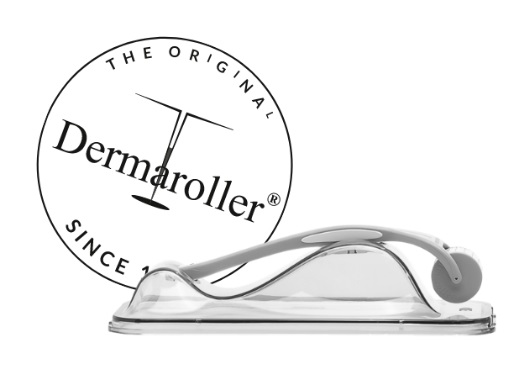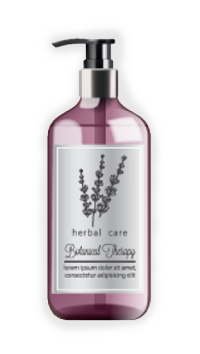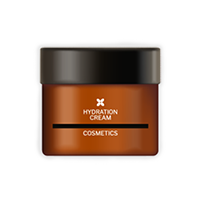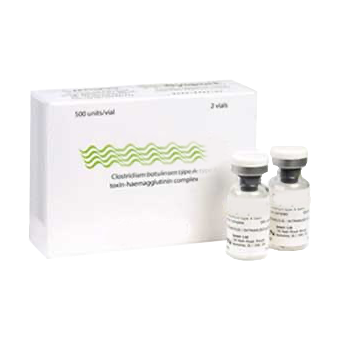 Aesthetic treatments such as injectables, body contouring devices, and skin rejuvenation procedures have never been more popular and accessible. However, with the rise in demand for these treatments comes an equally troubling increase in counterfeit aesthetic devices and treatments.
Aesthetic treatments such as injectables, body contouring devices, and skin rejuvenation procedures have never been more popular and accessible. However, with the rise in demand for these treatments comes an equally troubling increase in counterfeit aesthetic devices and treatments.Although these knock-off products may seem like a good deal at first, they come with serious risks to your skin, and your health. Here’s everything you need to know about fake aesthetic treatments and how you can protect yourself.
What are fake aesthetic devices and treatments?
Fake aesthetic devices are counterfeit versions of authentic, medical-grade equipment used in cosmetic procedures. These imitations are designed to look like genuine devices, but often lack the rigorous safety testing and regulatory approvals that ensure the wellbeing of patients. As a result, these counterfeit products carry significant risks including infections, burns, and scarring.When it comes to fake treatments including injectables, these are products that are not approved or regulated by medical authorities, and they’re often sold at a fraction of the price of the real deal. Instead of being made from the safe, effective ingredients used in reputable injectables, these counterfeit versions can contain anything from industrial-grade silicone to dangerous, untested substances.
Why are fake devices and treatments on the rise?
There are several factors contributing to the growing prevalence of counterfeit aesthetic products. One of the primary drivers is the increasing demand for aesthetic treatments. As more people seek non-surgical options for enhancing their appearance, counterfeiters have seen an opportunity to profit. The popularity of procedures such as body sculpting and skin tightening has made these fakes more desirable, and unfortunately this demand has opened the door for cheaper, unlicensed alternatives to flood the market.Additionally, the financial pressures many people face in the current cost of living crisis have made more affordable, unregulated devices seem tempting. These fakes may appear to be a bargain, but the reality is that the savings come at a cost—often in the form of health complications. Alongside this, the rise of online shopping and social media has made it easier for counterfeit products to reach consumers. E-commerce platforms and social media influencers are frequently used to promote knock-off products, making it increasingly difficult to distinguish between genuine and counterfeits.
In the UK, where the regulation of medical aesthetics has major room for improvement, the situation is becoming more problematic. With fewer checks in place, unscrupulous practitioners can easily obtain counterfeit equipment and use it on unsuspecting clients. This lack of regulation has led to an alarming number of fake devices being used in clinics that are not properly vetted or regulated.
Why counterfeits are dangerous
The dangers of counterfeit devices and treatments are significant, and the risks extend far beyond poor results. Counterfeits are not just ineffective, they are often harmful. Those who undergo treatments with fake devices or treatments such as injectables are at risk of serious health complications. These may include infections, burns, and scarring that can be permanent and in some cases, result in death. Because fake treatments do not meet the necessary safety standards, there is no guarantee of a successful outcome, and treatments often lead to disappointment and wasted money. What’s worse, these fakes can cause long-term damage that may require expensive corrective treatments.Common fakes
Laser machines used for skin resurfacing and hair removal are frequently imitated in the aesthetic industry, while HydraFacial dupes are also very common. These fakes can lack the precision and safety features necessary to avoid burns, scarring, or infections. Similarly, body contouring devices designed for fat reduction such as EMSculpt, CoolSculpting and Emerald Laser, are often counterfeited. These imitations fail to deliver the same effective results and can cause issues such as burns or skin damage from malfunctioning equipment.Microneedling pens used for skin rejuvenation, are another target for counterfeiters. Fake devices may not provide the same precision, leading to skin trauma or infections. Additionally, radio frequency machines used for skin tightening are frequently replicated, with counterfeit versions often overheating or malfunctioning, resulting in burns or other skin injuries.
When it comes to injectables, botulinum toxin, commonly known as Botox, along with its alternatives like Dysport, is one of the most faked products in the aesthetic industry. Fake botulinum toxin can contain harmful or ineffective substances, leading to poor results, allergic reactions, or even severe health risks if injected. Similarly, dermal fillers such as Juvéderm or Restylane, which are made of hyaluronic acid, are often counterfeited. These fake fillers may contain harmful substances that don’t integrate well into the skin, causing complications like bumps, allergic reactions, or even infections. Some counterfeit fillers even contain industrial-grade ingredients, which can cause tissue necrosis, leading to long-term damage.
How to spot a fake
When considering an aesthetic treatment, it’s vital to do your research and ensure that you are being treated with genuine, safe products. One of the first steps is to research the clinic’s reputation—reputable clinics are transparent about the certifications of their practitioners and the devices they use. Always take the time to read reviews, and don't hesitate to ask about the brand or manufacturer of the equipment being used. A clinic that uses genuine, certified equipment should have no problem sharing this information.It’s also important to be cautious of before-and-after images that seem too good to be true. Some practitioners may use stock photos or images from other clinics to promote their services. You can easily verify the authenticity of these images by performing a reverse image search online. If something doesn’t feel right, it’s worth looking deeper.
Another red flag to watch out for is suspiciously low prices. While everyone wants a good deal, if the cost of a treatment is significantly lower than other reputable clinics, it could indicate that counterfeit devices are being used. When in doubt, prioritise safety and choose a clinic and practitioner that is transparent about prices and practices. Remember, choosing a reputable clinic may cost more initially, but it will ensure that you avoid the risks associated with fake devices and treatments.
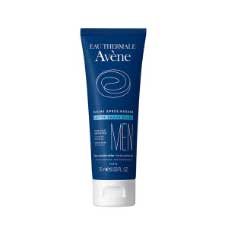
 Added to basket
Added to basket

 Unapplied Changes
Unapplied Changes


